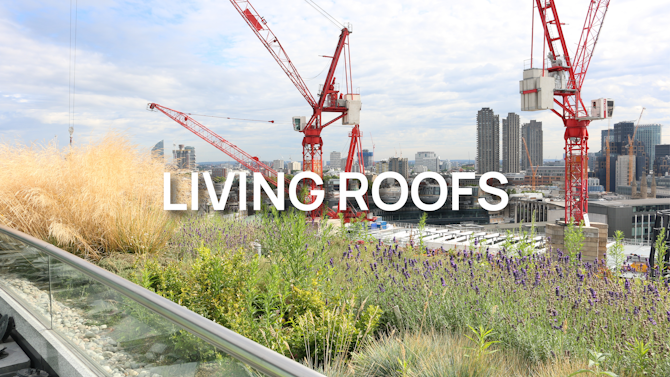Your Guide to Living Roofs
A comprehensive overview of the four main living roof types: brown/biodiverse, extensive, semi-intensive and intensive green roofs (including biosolar and blue roofs), and how to design to improve biodiversity or for social impact.
We also cover examples of green roofs that have been designed differently and their Biodiversity Net Gain scores. If you want to learn more about designing living roofs to achieve a BNG target, you may find this guide useful.
Also shared here is our process if we were to work with you, the benefits of living roofs and the 4 founding principles of success.
